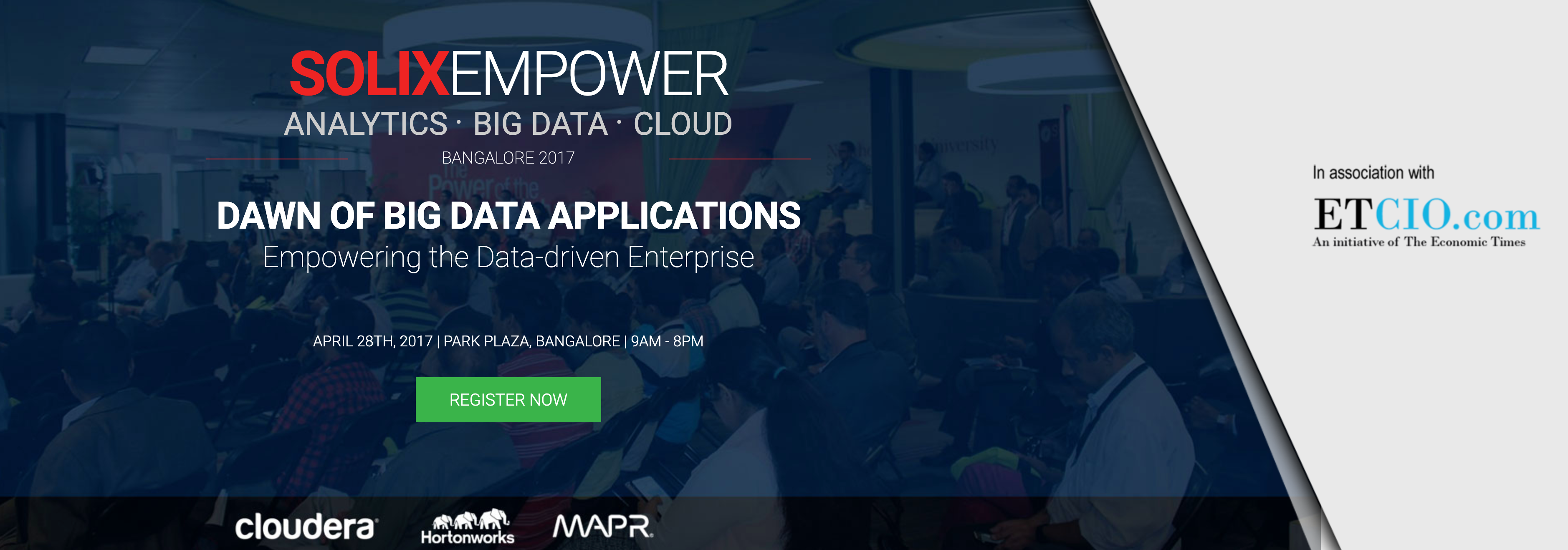
AI, big data, and cloud predictions: Key trends for 2020
As we approach the second half of 2020, we’re gaining a good sense of how this year is shaping up in terms of the biggest trends for enterprise professionals. Here’s a quick overview of just a few of the topics we believe are going to be transformational for technology professionals and organizations working in artificial intelligence, big data, and the cloud.
1. The convergence of AI, IoT, and manufacturing
As the internet becomes more entwined with our daily lives, both personal and professional, and AI tech is on the rise, we are seeing the emergence of these technologies merging in exciting and unexpected ways. Consider big manufacturing, for example. In this huge industry more and more dominated by machines, imagine if AI could predict a machine failure before it happened—thus helping prevent potential human error or even injury. Additionally, merging AI tech with the internet of things in a manufacturing space can collect and process data at the edge level—saving businesses valuable time and money.
2. To have AI, you need IA: All eyes on information architecture
There’s been a lot of buzz about how best to incorporate AI into just about every infrastructure under the sun—from chatbots to ML to NLP. But before your business can properly deploy AI solutions, you must have an information architecture—or common data platform—in place and sufficient data governance to ensure quality must be there to support AI, or your AI-based solutions will not be able to properly manipulate, analyze, secure, and manage data.
3. Beyond HIPAA: Ensuring end-to-end compliance with sensitive data
If your company processes data protected by one of the many rules and regulations in place to secure our most sensitive personal information, you know that making sure compliance guidelines are met is crucial. Today, our healthcare and financial systems are more complex and fragmented than ever—meaning your business needs to take all the extra precautions to ensure nothing slips through the cracks. A data lake built on a common data platform enables better, more specific role-based access across the organization to help better equip businesses to handle the information that most impacts people’s lives.
4. Regional data control: The multi-tenant cloud
More and more countries (Germany being a recent example) are interested in moving data created in their own country to an internally owned/hosted platform, but also are interested in making that data globally available. Multi-tenant support may be the answer, allowing data to be stored and shared locally while remaining accessible to tenants outside of the country of the data’s origin.
5. Using AI to address harassment and discrimination within the organization
It’s the topic on everyone’s minds, especially in the workplace: harrassment and discrimination. With more and more high profile cases coming to light about harassment, #MeToo, workplace discrimination and more, what can AI and big data do to help? In addition to adjusting internal policies, can AI track and predict data generated at the organizational level—from emails to HR—to make the workplace and the world a safer, more inclusive place for all?
As we enterprises continue to adopt these trends, we hope to gain and provide insights about the ways in which data, cloud and AI are beginning to touch every facet of our lives—and the exciting possibilities for real, actionable improvements across the board.

